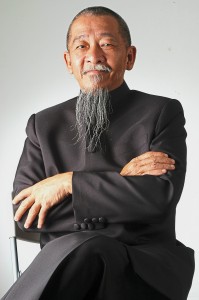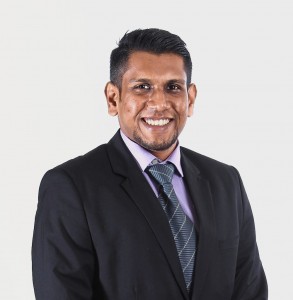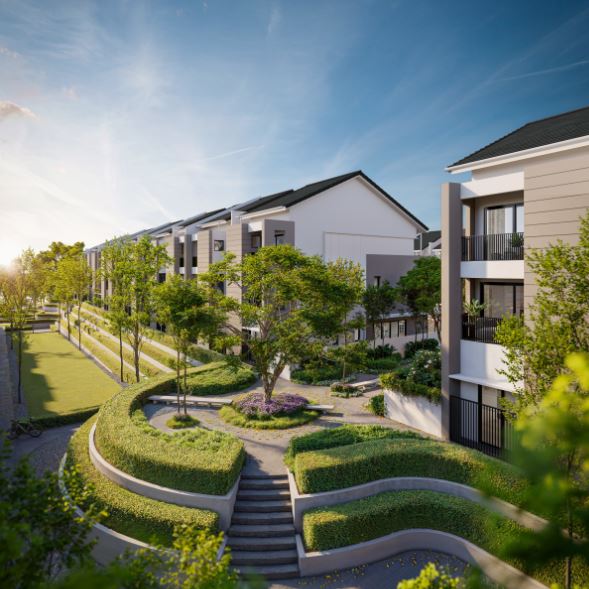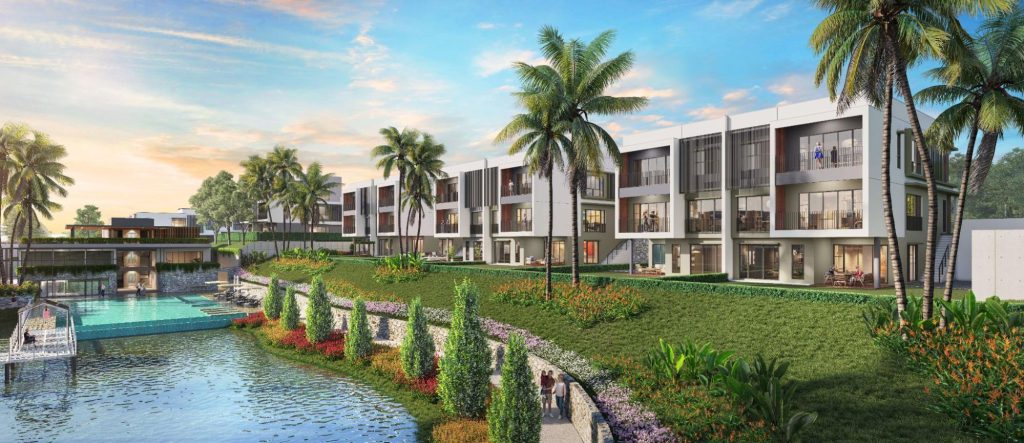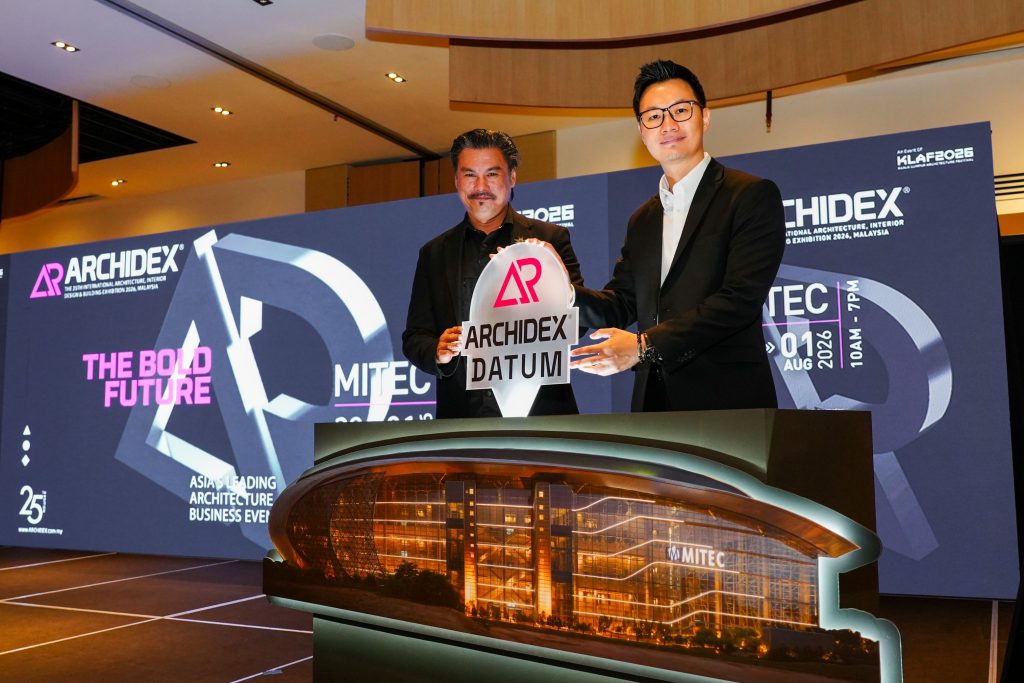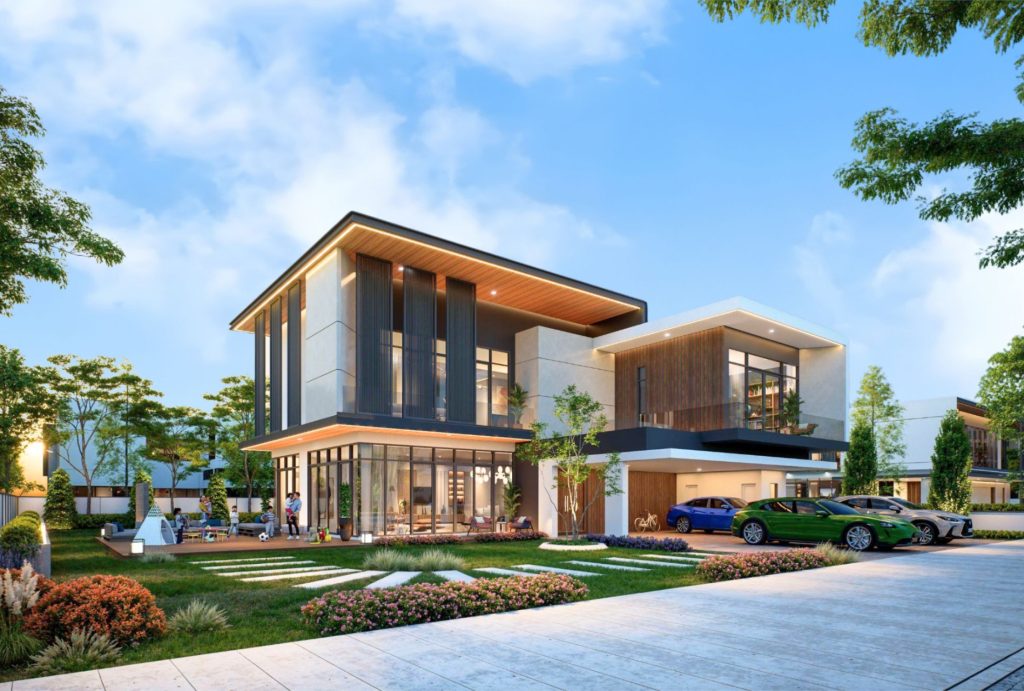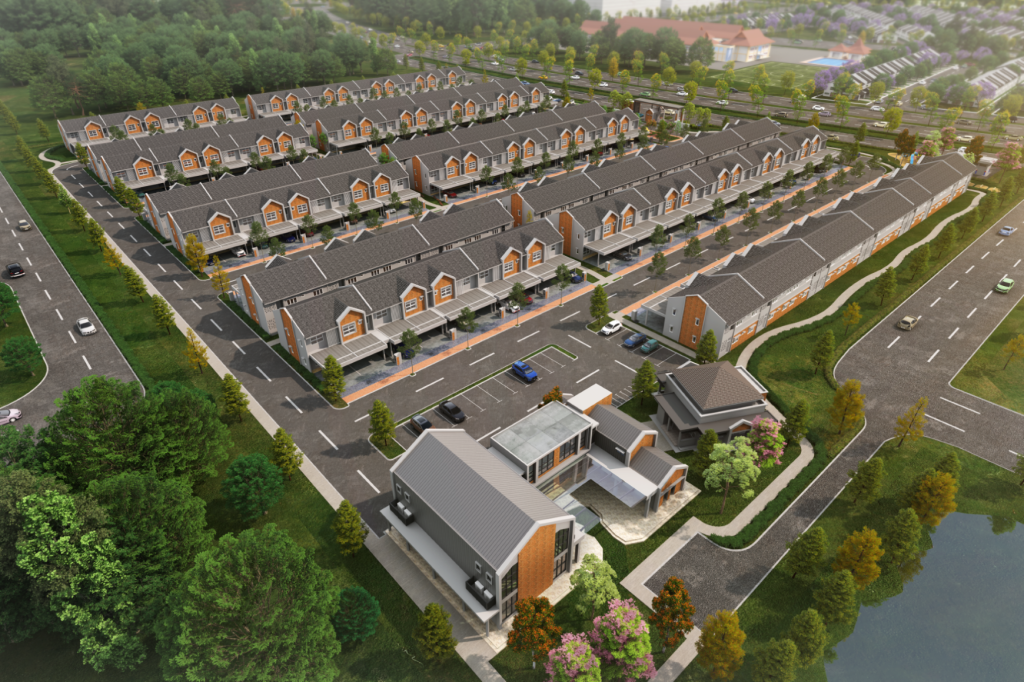KL and its Golden Triangle have grown at a rapid pace
The city of Kuala Lumpur is perceived differently by different people; it’s a gold mine of opportunities for migrants, a tourist hub for globetrotters, and home for those born and bred here.
With its sleek buildings and bustling metropolitan vibes, it is easy to forget that the federal capital began as a tin mining town back in 1857 when a group of Chinese miners found the metal in abundance at the confluence of the Klang and Gombak rivers (where Masjid Jamek is located).

With its sleek buildings and bustling metropolitan vibes, it is easy to forget that the federal capital began as a tin mining town back in 1857.
The town eventually became a British administrative centre with the completion of the Sultan Abdul Samad building in 1897. Traces of the colonial era can be seen in several other buildings nearby such as the KL Railway Station and Central Market.
Today, this sprawling area is at the heart of Kuala Lumpur and aptly called the Golden Triangle, a commercial, shopping and entertainment hub of 2.2km in radius that includes KLCC.
The name originates from the three roads that form a triangle embracing the central business district (CBD) at Bukit Bintang, namely Jalan Imbi, Jalan Sultan Ismail and Jalan Raja Chulan.
Since being granted city status on Feb 1, 1972, Kuala Lumpur has been growing at a rapid pace -- both in buildings and population. As the biggest city in Malaysia, KL currently holds a population of 1.79 million people and is expected to reach 2.2 million by 2020.
“Our goal is to become a world-class city by 2020. To achieve that, we need to address some of the issues that the city has been facing,” said KL City Hall (DBKL) city planning department senior deputy director Nik Mastura Diyana Nik Mohamad.
“Traffic congestion is a problem that we have yet to solve. We will propose to have more public transport, especially buses that can go to the catchment areas. Hopefully, when people use more public transport, we can ease the problem,” she said.
On top of that, DBKL aims to reduce the city’s carbon footprint by 70% by 2030 as well as improve the quality of life for its citizens.
Golden flow of energy
Professor of Environology (Feng Shui) Master David Koh attributes Kuala Lumpur’s prosperity to its natural landform of mountains and rivers.
Located within a valley formed by branches of the Main Range (Banjaran Titiwangsa), it is embraced by the two rivers.
The confluence of the Gombak and Klang rivers is considered the most affluent location due to the pool of harmonious energy being reflected from both rivers.
The effect is spread throughout the location (from Masjid Jamek up to the Chow Kit area) which, according to Master Koh, is an excellent place to live or do business because of the energy flowing through.
As for the Bukit Bintang and KLCC area, its good fortune can be attributed to the positive energy from the Klang River flowing on the west side. And like a flowing river, cars create the same effect on the road. Hence, a location embraced by busy roads will become robust.
A prime example is Pavilion Kuala Lumpur which is surrounded by Jalan Raja Chulan, Jalan Bukit Bintang and Jalan Sultan Ismail. The three roads form an oyster shape with a pearl of harmonious energy in the middle where Pavilion is located.
Master Koh noted that the River of Life project to clean and revive the Klang and Gombak rivers will bring greater fortune because of better energy flowing through the location.
Secure and safe triangle
As a main shopping and nightlife district, the Golden Triangle attracts locals and tourists in droves. It is easily accessible by various forms of public transport including the MRT, LRT, and Rapid KL buses.
Wide walkways in the area encourage lots of foot traffic, which in turn lures pickpockets, snatch thieves, and muggers.
Crime safety specialist Shamir Rajadurai said the police and DBKL have worked together to help curb petty crimes.
Static and mobile police kiosks have been placed at several locations, while tourist police are stationed at hotspots.
DBKL has identified a few back lanes in the Golden Triangle that will be refurbished with vibrant murals to make these areas safer for residents.
This is a way to encourage more people to live in the city centre and get tourists to visit older parts of the capital, said Shamir.
Breathing new life into old city parts
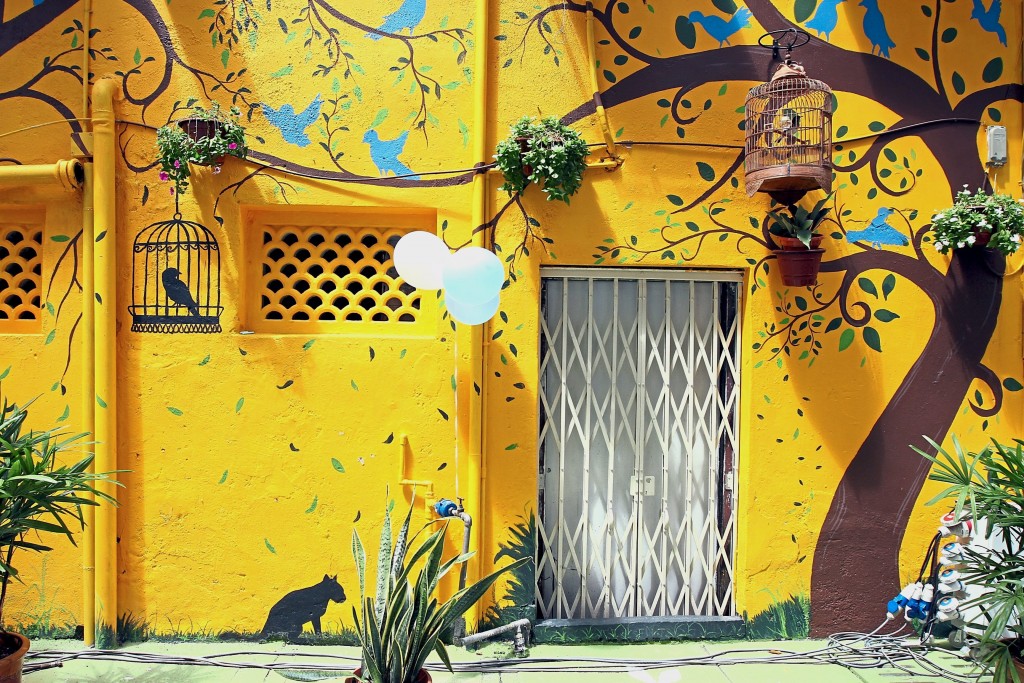
Refurbishing old areas and preserving their heritage value will contribute to a city’s sustainable growth.
Refurbishing old areas and preserving their heritage value will contribute to a city’s sustainable growth. DBKL and Think City, through The Laneway Improvement Programme launched in 2018, will redevelop nine back lanes that have a rich historical link to Kuala Lumpur:
- Lorong Bandar 13
- Lorong Lebuh Ampang
- Lorong Hang Lekiu
- Lorong Tun HS Lee South
- Lorong Tun HS Lee North
- Lorong Yap Ah Loy
- Lorong Pudu
- Lorong Tun Tan Cheng Lock
- Lorong Hang Kasturi South
According to Dr Neil Khor, Think City programme director for Kuala Lumpur and Johor Baru, key objectives of the project are to:
- Set up a process of public consultation with stakeholders;
- Work with DBKL to address underlying issues involving drainage, waste management and safety at the back lanes; and
- Collaborate with private property owners and businesses to ensure a positive economic and social outcome, making the city more resilient and inclusive.
“We believe that cities become more resilient if there is citizen support. Besides ensuring long-term sustainability, it is also our aim to get more people behind the urban regeneration process,” said Dr Khor.
“Urban development is happening at a rapid pace and it is expected that by 2020, 80% of Malaysians will be living in urban areas. As pressure on our existing cities increases, it is essential to focus on urban regeneration because we cannot continue to build new cities while neglecting existing ones,” he added.
Next on the urban regeneration agenda is for Think City to work with DBKL and the Ministry of Tourism, Arts and Culture to develop a strategic master plan for a cultural and creative district in downtown KL.
Other efforts include redeveloping the Sultan Abdul Samad Building complex as a creative hub and expanding the conservation of historic shophouses from the current 20 to 50 by 2020.
Read about some of the sights around the Golden Triangle here, or sign up for the full Best@Golden Triangle here.

